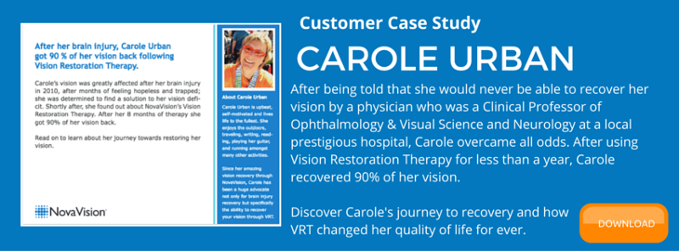
Every year, more than 795,000 Americans have a stroke, or brain attack according to The National Stroke Association. A stroke occurs when the blood supply to your brain is interrupted or reduced, and this can happen for a variety of reasons. One instance is when a blood clot blocks an artery or blood vessel, or when a blood vessel breaks. In either scenario, this lack of blood can cause serious damage to areas of the brain that control everything from vision to walking, motor skills, speech and respiratory functions.
What is Cholesterol?
Cholesterol is a waxy substance that materializes from two sources: your body and what you put into it. Your body, particularly your liver, makes all of the cholesterol you need to function properly and circulates it through your bloodstream. Cholesterol is also found in foods that come from animals like red meat, poultry, and dairy products. Additionally, when you eat a diet high in saturated and trans fats, your liver will produce more cholesterol
How Cholesterol Affects Stroke Risk
Since high cholesterol increases your risk for heart disease which is a major stroke risk factor, high cholesterol is directly linked to a higher risk for stroke. Another way it can affect your risk for stroke is the plaque buildup that occurs in the arteries as a result of high cholesterol levels as this can also block blood flow to the brain.
Because our cholesterol does not dissolve in our blood on its own, it must be deposited between cells by particles called lipoproteins. The two lipoproteins that have a direct effect on cholesterol levels are high-density lipoproteins (HDL) and low-density lipoproteins (LDL).
LDL vs. HDL Cholesterol
HDL is often referred to as “good” cholesterol since it carries cholesterol away from the tissues to the liver, where it is then filtered out of the body. High levels seem to protect against both stroke and heart attack where low HDL levels may suggest a higher risk for stroke or heart disease.
Because of its artery-clogging properties, LDL cholesterol is often referred to as “bad” cholesterol. Unlike HDL, LDL carries cholesterol into the bloodstream and your tissues where the body can store it. Often times, a thick, hard substance that results from this type of cholesterol causes plaque buildup, that can clog arteries. Eventually, this plaque can cause the arteries to become more narrow or even block them completely, which can then cause a stroke.
Get to Know Your Levels
According to The National Heart, Lung and Blood Institute, total cholesterol is considered high if it is more than 200 mg/dL for anyone over the age of 18. If your total cholesterol is more than 200 or if your HDL level is less than 40, you should be aware that your risk of stroke and heart disease may increase.
Since HDL cholesterol actually protects against stroke and heart disease, higher numbers are better. A level less than 40 mg/dL is low and is considered a risk factor for heart disease. HDL levels of 60 mg/dL or more can help lower your risk. Cholesterol levels are measured in milligrams (mg) of cholesterol per deciliter (dL) of blood. If you have had a previous stroke or heart attack, your cholesterol levels may need to be less than indicated above. Ask your doctor about your cholesterol levels.
What Can You Do?
There are several things that can factor into cholesterol levels aside from foods. Everything from excess body weight and lack of exercise to family history, age and gender should also be considered. So what can you do?
You can start by eating a diet that’s low in saturated fat. Your diet should also include vegetables, fruits and lean meats. Exercise is also a great way to curb high cholesterol. Staying active can slow down or even stop fatty deposits from clogging arteries.
Some people may not be able to lower their cholesterol through diet and exercise alone, and in these cases statin drugs or another type of cholesterol medication might be prescribed. Always ask your doctor about the best cholesterol management method for you.
According to The National Heart, Lung and Blood Institute, every adult over the age of 20 should have their cholesterol checked at least once every five years with a simple blood test. People with a family history of high cholesterol, men older than 45, and women older than 55 should also be checked more often. Strokes may not always be predictable, but some instances are preventable. Put yourself first, it is imperative to do everything in your power to preserve your health and lower your risk.



